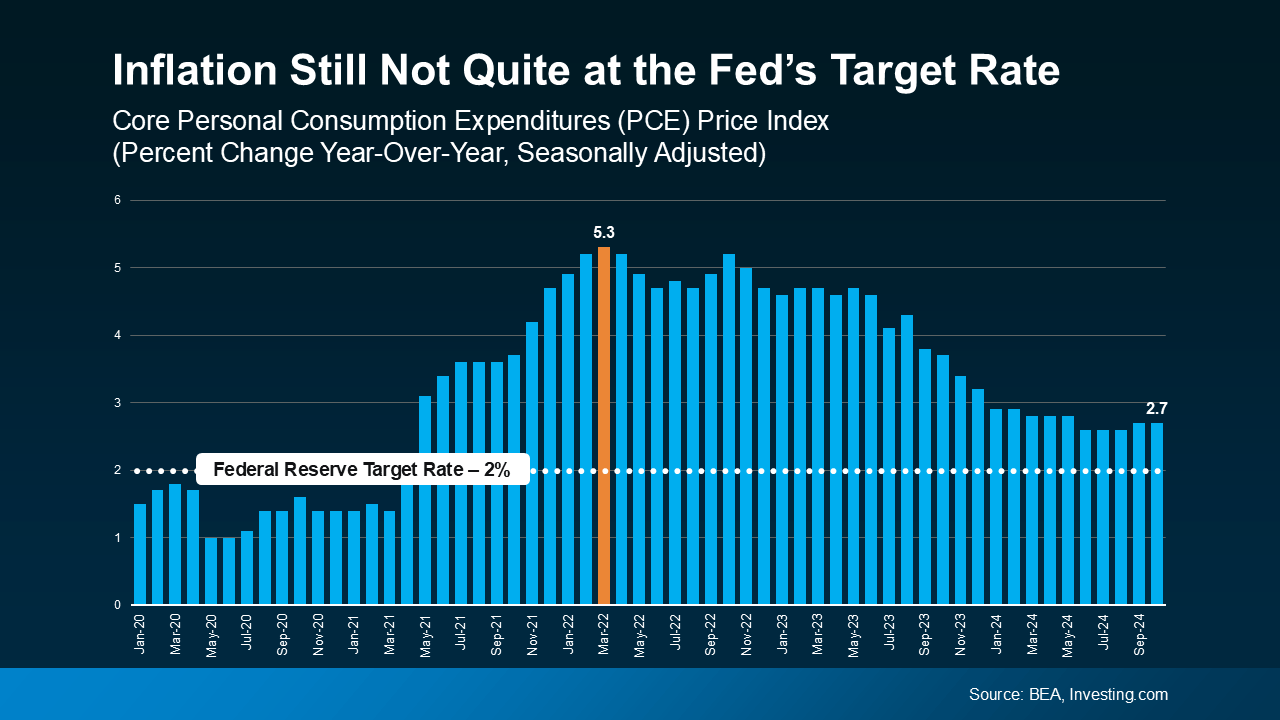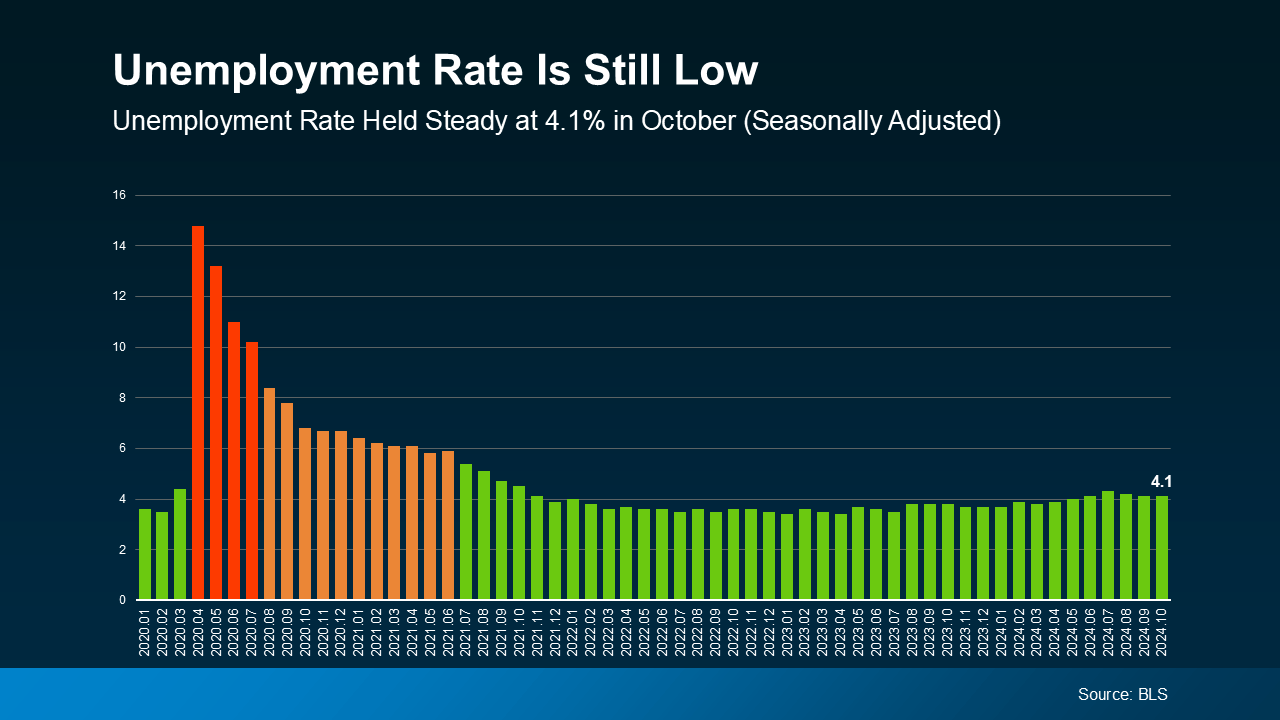What To Look For From This Week’s Fed Meeting
What To Look For From This Week’s Fed Meeting

You may have noticed discussions about the Federal Reserve (the Fed) and its influence on the housing market lately. Here’s what’s going on:
This week, the Fed meets again to decide the direction of the Federal Funds Rate, which determines the borrowing costs between banks. Although this rate isn’t the same as mortgage rates, it can still indirectly affect them. If you’re considering buying or selling a home, you may be wondering how these changes will impact mortgage rates and when they might start to drop.
Here’s a quick look at what drives the Fed’s decisions and what to watch for next. Their actions are primarily guided by three main economic indicators:
- The Direction of Inflation
- How Many Jobs the Economy Is Adding
- The Unemployment Rate
Let’s take a look at each one.
1. The Direction of Inflation
You’ve probably noticed that prices for daily essentials keep increasing. This is due to inflation, and the Fed is working to bring it down to their target rate of 2%.
Currently, inflation remains above this goal. However, despite some ups and downs, the overall trend has been positive, with inflation gradually decreasing over the past two years and staying relatively steady at present (see graph below):
 The trajectory of inflation, though still above target, is a key reason why the Fed is expected to lower the Federal Funds Rate again this week. This adjustment aims to make borrowing more affordable while supporting steady economic growth.
The trajectory of inflation, though still above target, is a key reason why the Fed is expected to lower the Federal Funds Rate again this week. This adjustment aims to make borrowing more affordable while supporting steady economic growth.
2. How Many Jobs the Economy Is Adding
The Fed is also closely monitoring monthly job growth. They’re looking for a slight slowdown in job creation before making additional cuts to the Federal Funds Rate. This slowing pace signals that the economy remains stable while gradually cooling, aligning with their goals. And, according to Reuters, that’s precisely the trend we’re seeing right now.
“Any doubts the Federal Reserve will go ahead with an interest-rate cut . . . fell away on Friday after a government report showed U.S. employers added fewer workers in October than in any month since December 2020.”
Employers are still bringing on new hires, but at a more moderate pace. This shift indicates the job market is cooling after a period of rapid growth, aligning with the Fed’s goals.
3. The Unemployment Rate
The unemployment rate reflects the percentage of people actively seeking jobs who are unable to find them. While a low rate indicates that most people are employed, it can also drive inflation up, as more people working generally leads to increased spending, which can push prices higher.
Economists often view an unemployment rate under 5% as close to full employment. According to the latest data, the current unemployment rate is 4.1% (see graph below):
 Such a low unemployment rate indicates that the labor market remains strong, even with a slower pace of job additions. This balance is exactly what the Fed aims to achieve.
Such a low unemployment rate indicates that the labor market remains strong, even with a slower pace of job additions. This balance is exactly what the Fed aims to achieve.
What Does This Mean Going Forward?
The economy is moving in the direction the Fed hopes for, which is why analysts expect a likely cut of a quarter-point to the Federal Funds Rate this week, according to the CME FedWatch Tool.
If this happens, it could create conditions for mortgage rates to decrease as well, though any reduction in rates won’t be immediate. Since the Fed doesn’t directly set mortgage rates, forecasts suggest mortgage rates will trend downward more gradually through the next year, provided economic indicators remain favorable and further Federal Funds rate cuts are feasible through 2025.
However, any shifts in these key economic factors could alter the Fed's strategy and affect the market's direction in the coming months, creating potential rate volatility. As Ralph McLaughlin, Senior Economist at Realtor.com, explains:
"The trajectory of rates over the coming months will be largely dependent on three key factors: (1) the performance of the labor market, (2) the outcome of the presidential election, and (3) any possible reemergence of inflationary pressure. While volatility has been the theme of mortgage rates over the past several months, we expect stability to reemerge towards the end of November and into early December."
Bottom Line
While the Fed's decisions influence the market, it's ultimately economic data and market conditions that determine mortgage rates. Looking ahead to the rest of 2024 and into 2025, we can expect mortgage rates to either stabilize or decrease gradually, bringing more certainty to a market that has been quite volatile.
Categories
Recent Posts










